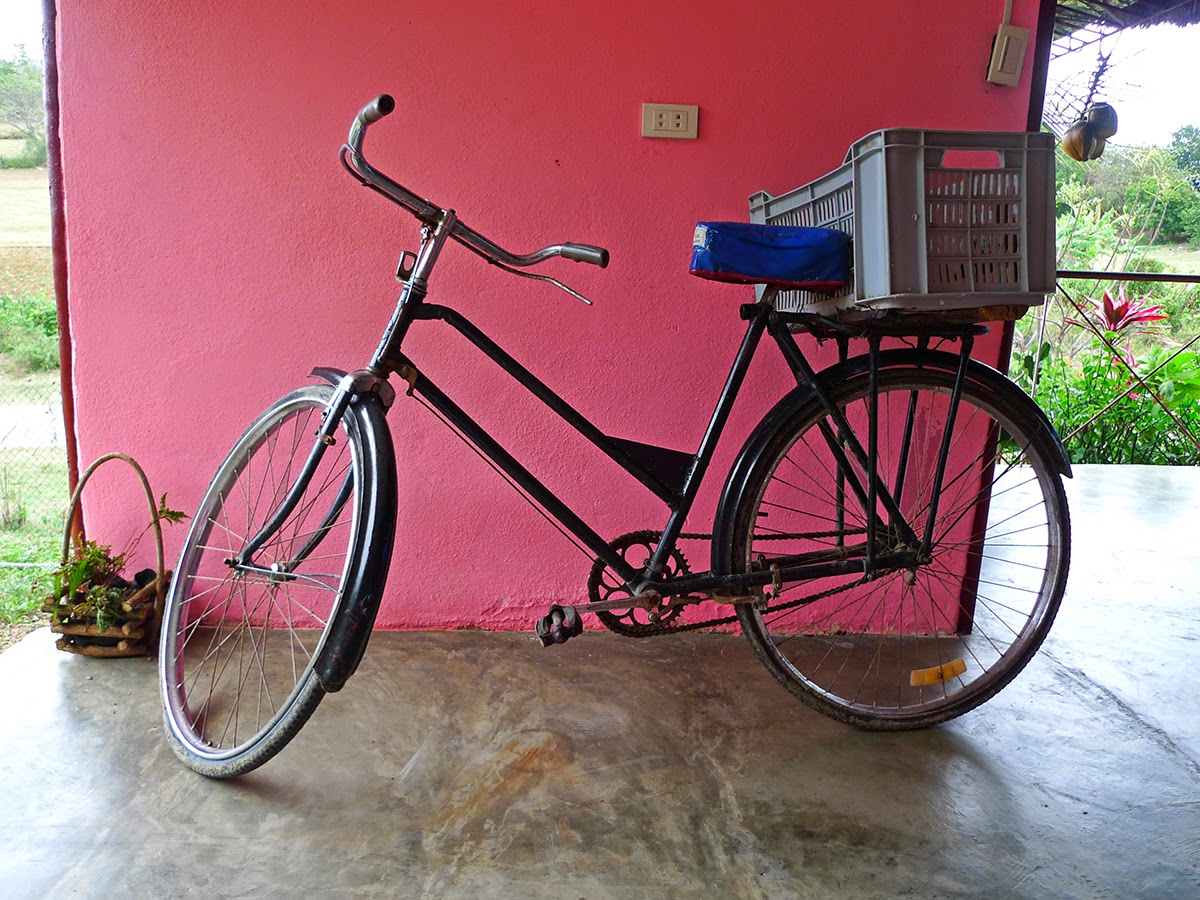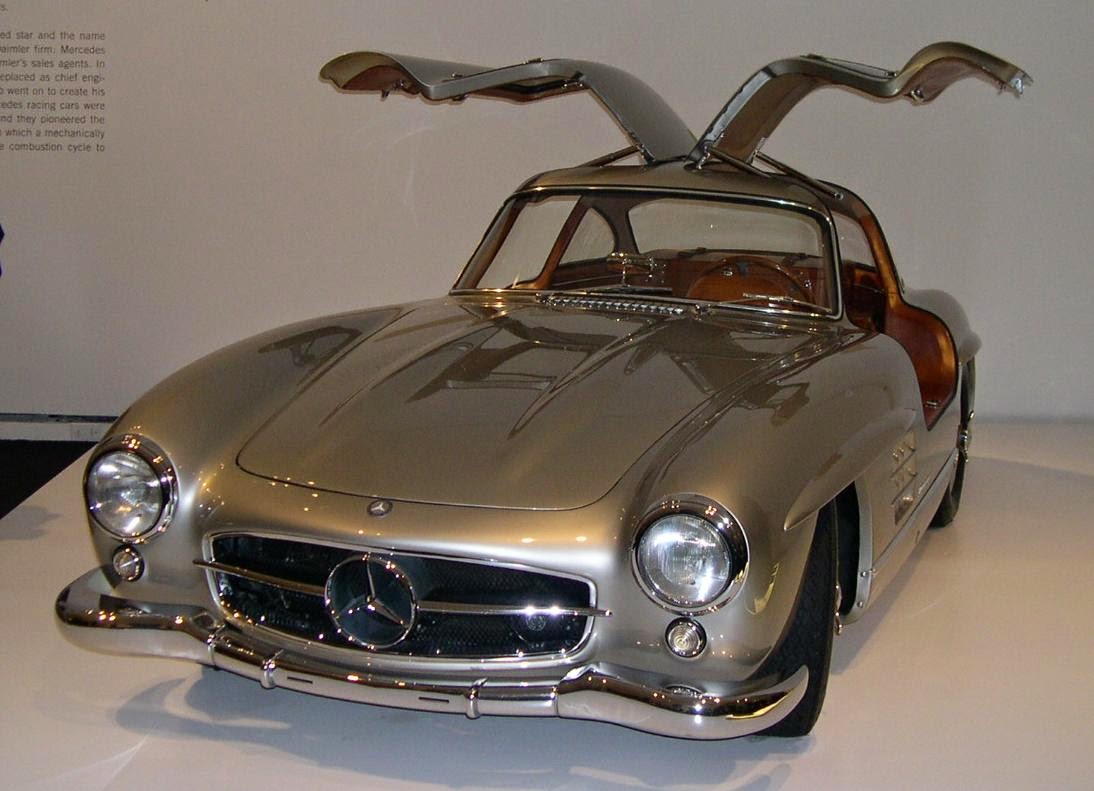Diani's Chinese bicycle
 |
| Bikes imported from China included the Phoenix, the Forever and the Flying Pigeon, above. |
When the Soviet Union came crashing down, an island on the other side of the world felt the shock waves. For three decades, Cuba had relied on aid from the USSR and its Eastern European satellites.
Now those infusions – approaching an estimated $5 million a day at their peak – had disappeared, and Cuba was short on food, medicine, and especially, oil. Without cut-rate Soviet petroleum, the island could not operate its farm tractors, its municipal buses, even its power stations.Cubans adapted. In the grim years that Fidel Castro would call a "Special Period in Time of Peace," they structured their lives around daily power blackouts. They lost weight – 15 pounds per adult, it's been said – on a meagre diet of staples like pasta de oca: a mix of flour and tiny bits of ground goose.
And to get around, they rode Chinese bicycles. According to the International Bicycle Fund, between 1991 and 1997 Cuba imported 1.5 million two-wheelers, primarily from China, while producing an additional 500,000 bicycles of its own.
In the years since the Special Period, Cuba found a new (if lately, shaky) source of cheap oil in Venezuela, and new income from tourism and resources. Yet reminders of that time persist in the buildings that decayed beyond repair, and the waste-nothing attitude that every Cuban brings to food.
And they persist in the bicycles like this Flying Pigeon, still in regular use and converted at some point from a man's bicycle to a woman's to suit Diani or some earlier skirt-favouring rider.
Not a minor alteration, but Cubans do know how to adapt.



Comments